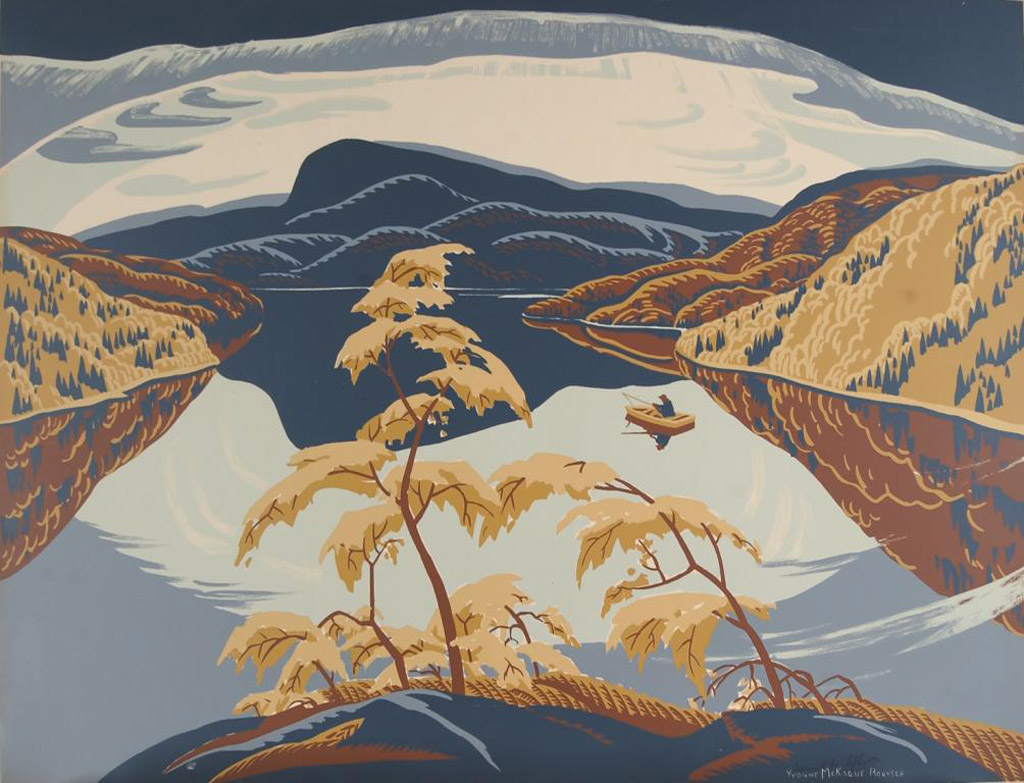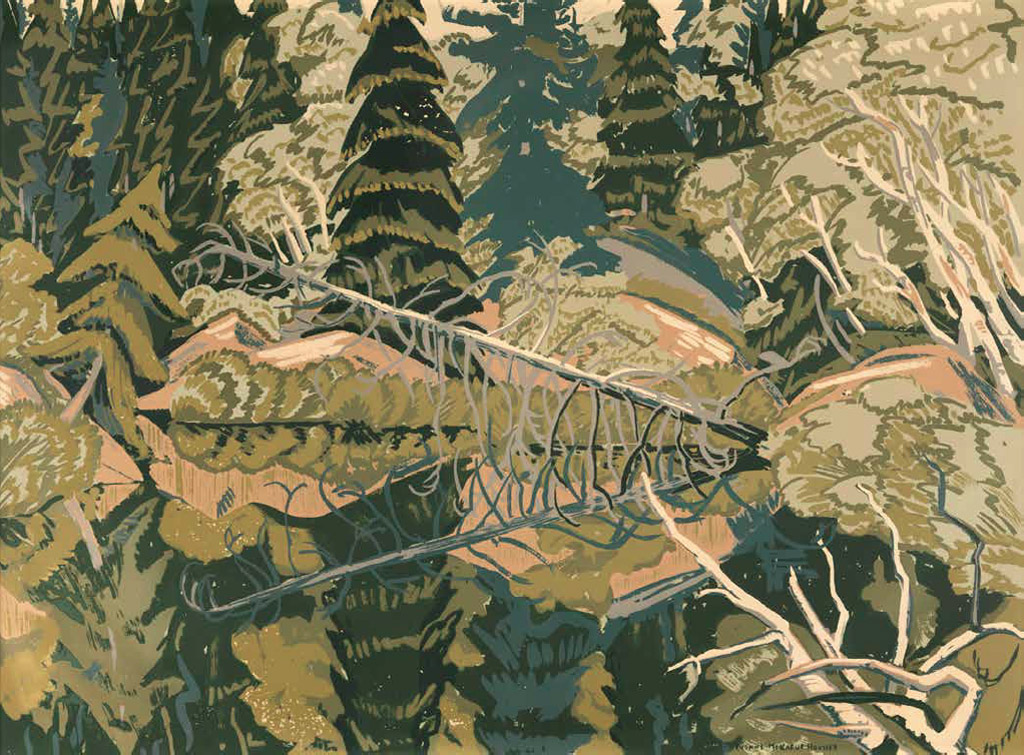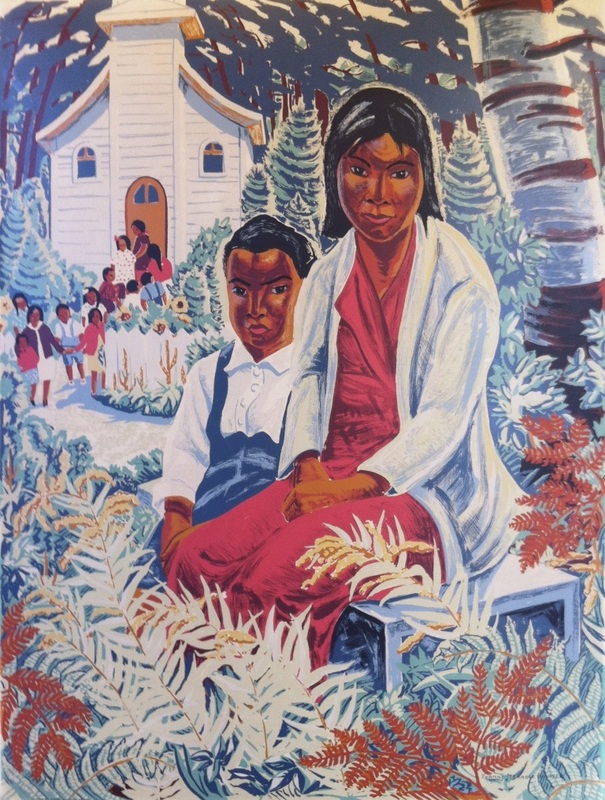An award-winning student and lifelong learner, Canadian artist Yvonne McKague Housser attended the Ontario College of Art during World War I, studying under William Cruikshank, J. W. Beatty and Robert Holmes. Over the years, she took further studies abroad: in Paris at the Académie Colarossi and at the Académie Ranson; at the University of Vienna, briefly under Franz Cižek, an expert in art education; in Taos, New Mexico; and in Provincetown, Massachusetts with famous abstract expressionist Hans Hofmann.
After graduating from the Ontario College of Art in 1918, Housser remained there as a teacher until 1946, initially as an assistant to Arthur Lismer, and eventually teaching a wide range of courses on her own. Among her early students was Isabel McLaughlin, who became a close friend and painting companion.
As a teacher, Housser extended her reach broadly. She was principal advisor to the Art Students’ League when it was founded in 1926, and taught both adult and children’s art classes in numerous schools and universities in the Toronto area. Housser first exhibited her work in 1923 with the Royal Canadian Academy of Arts, and in 1927 she was included in the Annual Exhibition of Canadian Art at the National Gallery of Canada. Beginning in 1928, she participated in three Group of Seven shows. Numerous national and international exhibitions followed, including a two-person show at the Montreal Museum of Fine Arts.
Housser was a founding member of the Canadian Group of Painters and the Federation of Canadian Artists, and a member of the Heliconian Club, the Ontario Society of Artists and the Royal Canadian Academy; holding office in most of these groups.
Considered a pioneer for women artists in Canada, she was made an Honorary Fellow of the Ontario College of Art in 1981 and became a member of the Order of Canada in 1984 for her continued contribution to Canadian art and culture.
Housser made numerous landscape sketching trips throughout her career, traveling to the Rockies, Quebec, Northern Ontario, Mexico and the Caribbean. Her early works show an affinity for the Group of Seven, richly-coloured and slightly skewed or bent, as if the world is bending to her focus. ‘Evening, Nipigon River’ is a high point in her career. Its mature composition demonstrates the artist’s increasingly personal approach to form and colour.
Stimulated in later decades by Canadian abstract painters and by her teacher Hans Hofmann, Housser went on to experiment with semi-abstraction and non-objective work. Her work can be found in most museums in Canada, including the National Gallery of Canada, the Art Gallery of Ontario and many major private collections. As Housser said, “You have to be true to yourself but at the same time understand, or try to, the world of today in all its manifestations… The artist is, and always has been, ahead of his time.”


